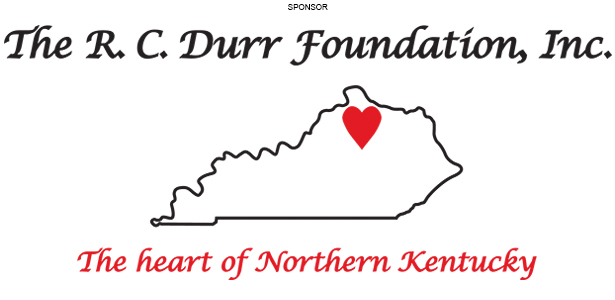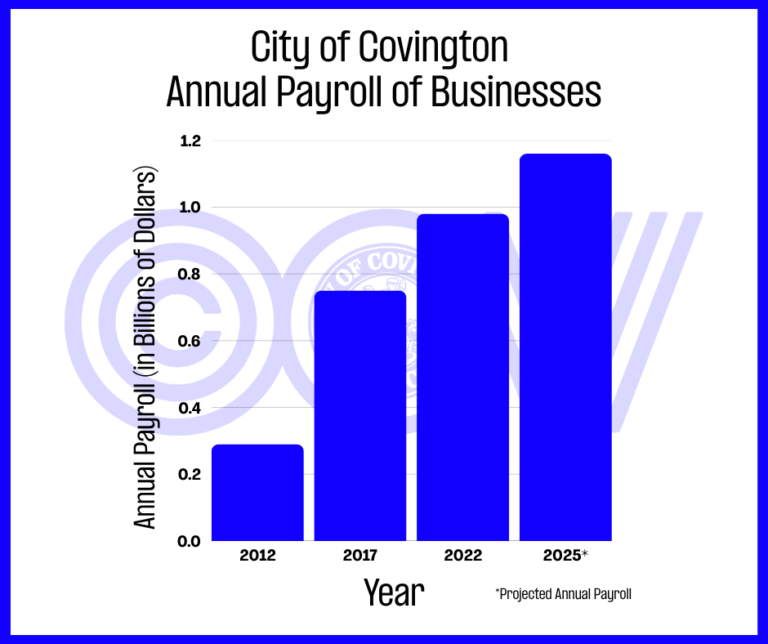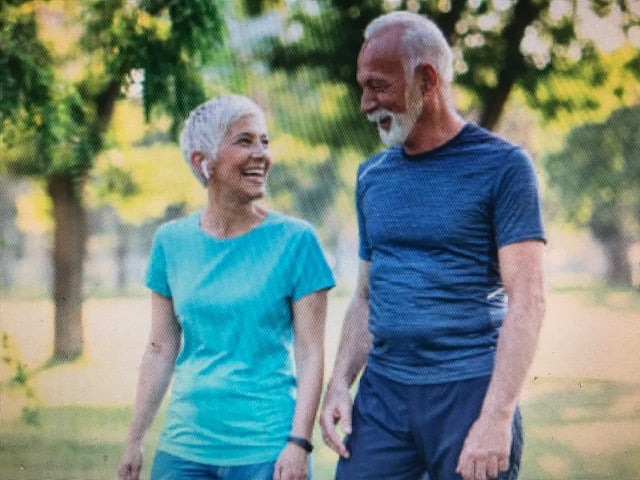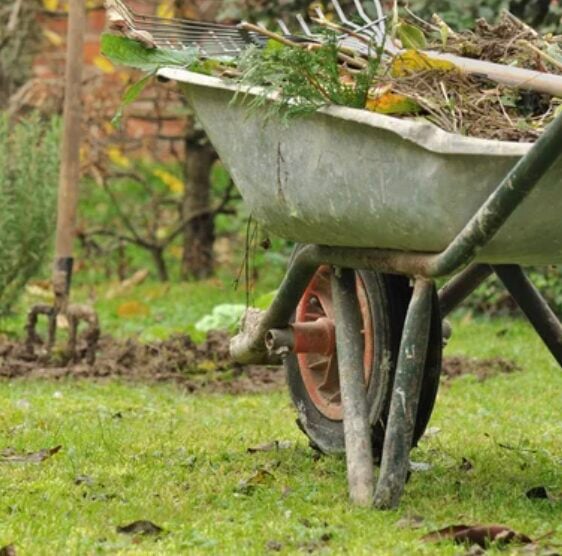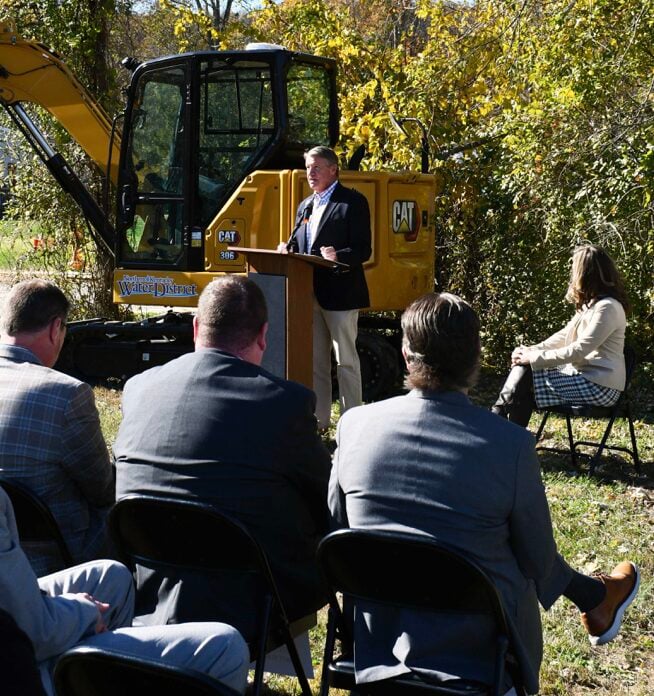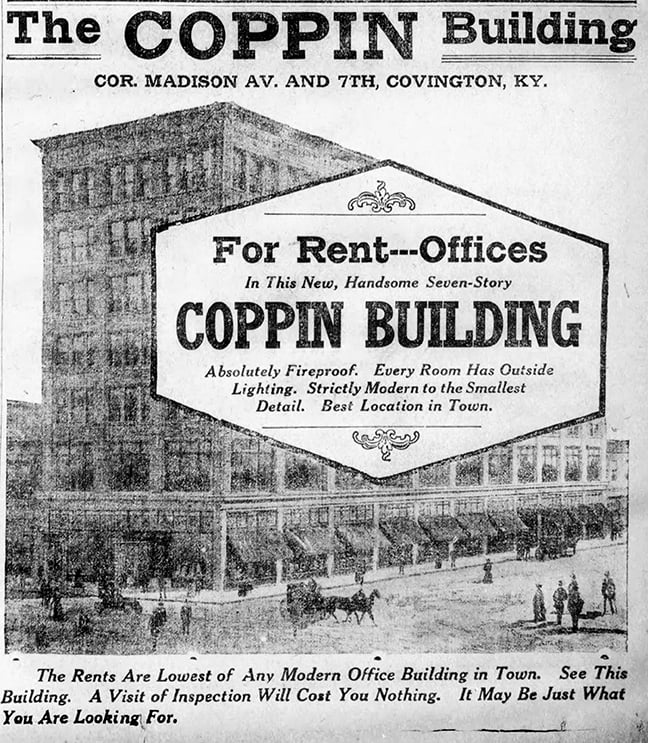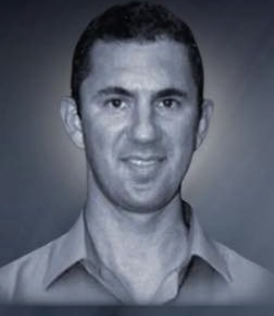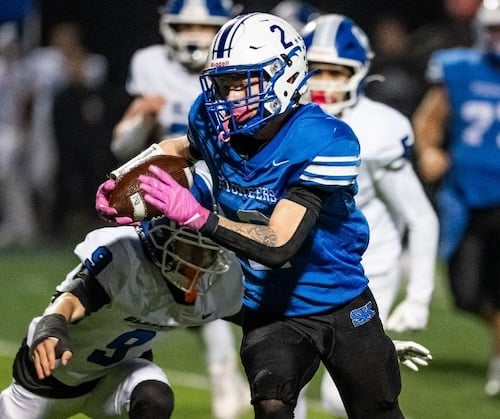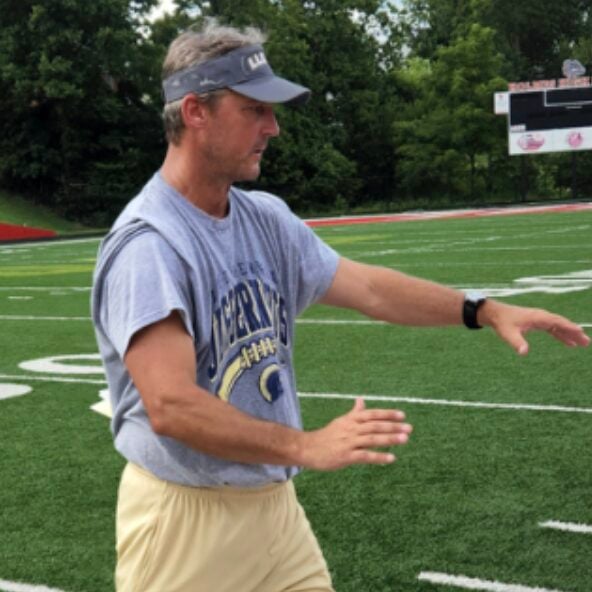Editor’s note: In this series, published in partnership with NKyTribune and Kentucky Student Voice Team’s The New Edu, Eastern Kentucky students reflect on devastating flooding that impacted the region during the summer of 2022, documenting what they remember — and the long recovery. In this essay, student writer Lynn Howard recalls the resilience of her community she witnessed. This series was made possible by funding from the Adam R. Scripps Foundation.
By Lynn La’Shae Howard
Kentucky Student Voice Team
There are still days when the rain seems endless and the creeks rise a little higher. The words ‘flash flood warning’ induce a panic uncounterable by comfort. There are survivors who never sleep through storms for fear of being taken again by the water. When it rains in eastern Kentucky, the stomachs twist and the hearts plummet at the sound of a raging river, the sight of creeping water in the driveway. And all at once, there is the premonition: it is happening again.
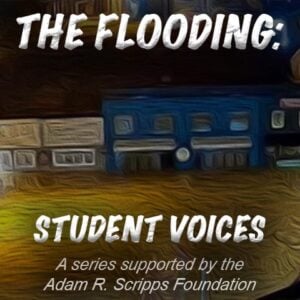
In July of 2022, my hometown, Whitesburg, suffered previously unimaginable fatalities and destruction we feared we would never recover from in the form of devastating flooding. My family and I had just returned from our vacation in Louisiana, which we departed from early upon the news of a great flood tearing our town apart. We arrived well after dark, when the rain finally came to an end and the river lost its angry spirit — but everywhere there was mud. Before returning to our home, nestled safely on the hill in my part of town, we were compelled to stop in the midst of the wreckage. My father parked the car and each of us climbed out to see if our town was the same as when we left it.
Walking through the blackness of that night, I recall the water lines marked upon every home, reaching high to every rooftop; the jagged wounds of shattered windows; mudstained carpets dragged out on the sidewalks. I saw a few people near me, a cluster of flashlights in the distance, and wondered where the rest had gone. The thought occurred to me that many could be dead, washed downstream with the debris. The hopeful part of me prayed they found sanctuary before the water became too deep, while their feet could still touch the ground. But the further I walked, I saw trailer homes that had been carried off miles down the road, turned on their heads and vacant. I saw vehicles pushed through the windows of buildings, bent up and caked in mud. Street lamps fell crooked with no promise of lighting my way through the night.
Days after the flood at Appalshop — a media arts organization that is the heart of our heritage in Appalachia, and the home of history in the mountains — I volunteered in helping clean the film archives and saw that generations of Appalachian history were mostly destroyed. I remember that, as I knelt in the sludge of that overtaken room, I retrieved a ring of film, dripping in debris that soaked my gloves. Scattered all about the defaced floor were mangled reels with their spirals torn from them, and I wept at the loss of these memories. An incomprehensible amount of footage ranging from square dances held over the mountain in Carcassonne, to community celebrations for events like the 4th of July and Christmas parades — not to mention a remarkable variety of exceptional film projects that brought together folks from all over the world to make way for creative expression in our area of Appalachia. These time capsules of our heritage had been washed away by vengeful water, and I became scared of forgetting.

Despite this, I made an effort to remember that my generation alone did not survive a flood, but the ones who came before us taught us resilience before we needed it. The 2022 flood broke the record of the flood in 1957 by over six feet. In learning this, I realized that even in small towns where nothing seems to happen, tragedy can still tear the seams of a place apart. I always understood my region’s special connection to community and the bond between people who had the option to be strangers but never were. However, when disaster struck Whitesburg, I believe that I finally comprehended the word ‘community’ to its full potential. We weren’t just a tight-knit town anymore, but a congregation beating as one — acting through one mind and one accord.
I found myself in the midst of a new movement: community built on the backs of trust and unbreakable hope. We all knew we would overcome it, against all losses or the next threat of rain. I watched many helping hands band together to reform our town and the hope that was taken from us. I observed young boys growing into men overnight, trudging through the mud in their boots with shovels thrown over their shoulders. I personally knew young girls who became nurses and cooks for families who had found themselves homeless as a result of flooding. The rest of us volunteered at our high school, which was quickly turned into a sanctuary and recovery center for families who had lost their homes. We packed cleaning supplies, food and water, comfort items for children, and other useful items into boxes. Some of us were still children, but we knew that, temporarily, we could set aside our youth to help others who needed help more than anyone.
It rains hard in the summers, and the creek still sings of the day it became more than a brook in the dirt. Homes are still being rebuilt. The schools reopened and our time as youths commenced again. I stepped out of the mindset that I would need to grow up so soon and realized I could enjoy my high school career while knowing that if the flood ever decided to return, we would start anew and be the same as we once were again.
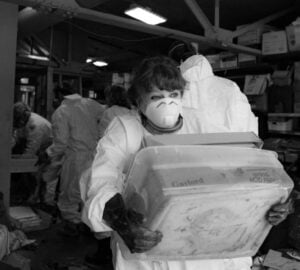
Even today, we experience rains that remind us all too well of the tragedy a few years ago. In February 2025, Eastern Kentucky once again endured extreme weather and flooding. Appalshop recovered the memories that survived. It reminded me what it means to be Appalachian: resilience is rooted in all of us, it is tangled with our bones. And no disaster can conquer a community that is strong in each other.
Every July 27th since the 2022 flood, my town holds a celebration of resilience and community. Painted on posters, printed bright on the faces of t-shirts, and hung high across banners in Mountain Heritage Village, you can see Growing Home written in bold everywhere. When I hear that term or see it strung high for all to see, I am reminded of the people who despite their losses, rose up from the mud and debris and conquered fear and trembling. We as a community realized that all would not remain destroyed. We picked up one another and rediscovered our Appalachian identity: come hell or high water, we are stronger together.
So when the river is fitful and that same vengeance returns to its waters, we may be afraid — but resilience persists through it all, and that has made all the difference.
Lynn Howard is a young Appalachian writer from Whitesburg. Her work predominantly focuses on cultural significance and heritage in Eastern Kentucky, as well as growing up Appalachian and the pursuit in defying stereotypes of Kentuckians.







